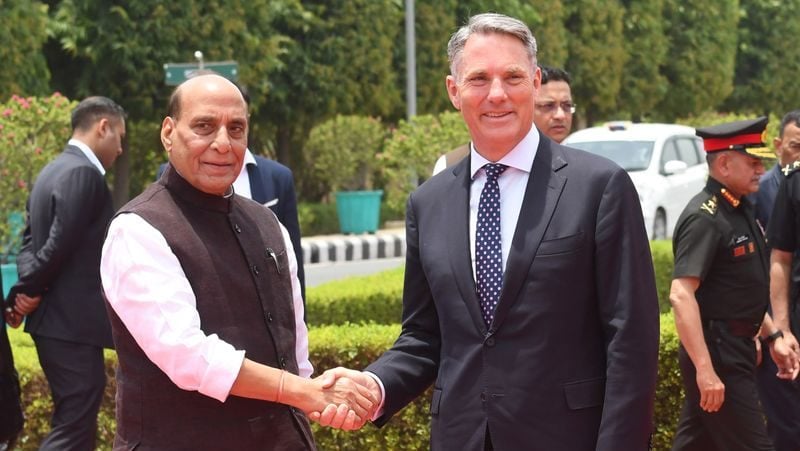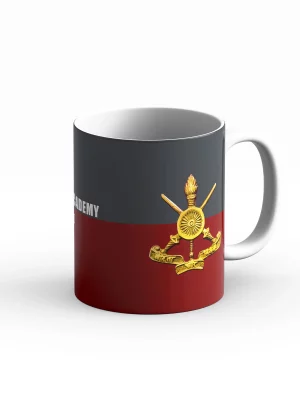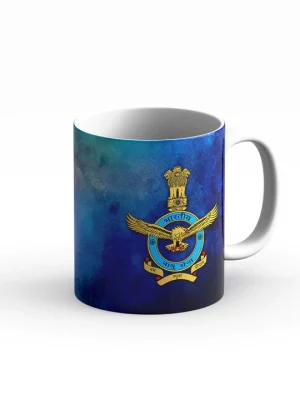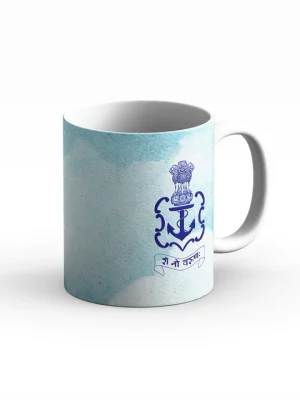In a major step toward bolstering maritime domain awareness, India and Australia have launched their first science and technology project focused on enhancing undersea surveillance capabilities. The joint initiative, announced during Australian Deputy Prime Minister and Defence Minister Richard Marles’ visit to India, is a significant milestone in bilateral defense cooperation.
The three-year collaborative research project brings together Australia’s Defence Science and Technology Group (DSTG) and India’s Defence Research and Development Organisation (DRDO), specifically its Naval Physical and Oceanographic Laboratory. The project will center on developing advanced methods to detect and track submarines and autonomous underwater vehicles.
A key aspect of the project involves the use of Towed Array Target Motion Analysis — a technique that integrates advanced algorithms and hydrophone arrays to monitor undersea activity. According to DSTG’s Amanda Bessell, this method is critical in passive surveillance scenarios, allowing for accurate estimation of a target’s location and movement without revealing the observer’s position.
The towed array system, comprising a line of hydrophones trailing behind a vessel, collects underwater acoustic data that is then processed to detect and classify threats. Senior researcher Sanjeev Arulampalam explained that this technology not only improves directional sensing but also reduces signal distortion from background noise, thereby increasing tracking precision.
The project will include data sharing, live trials, and algorithm performance testing, allowing both nations to harness their collective technological strengths. Suneel Randhawa, Chief of the Information Sciences Division at DSTG, noted that with the changing nature of the underwater battlespace, particularly the rise of autonomous underwater systems, innovations like these are vital.
Officials believe the research could influence the development of future undersea surveillance systems and contribute to the strategic deterrence capabilities of both countries. The collaboration also underscores the growing defense partnership between India and Australia, particularly in the Indo-Pacific region.
By pooling resources and technical expertise, the two nations aim to accelerate innovation and deliver robust undersea detection technologies suited to modern maritime security challenges.













